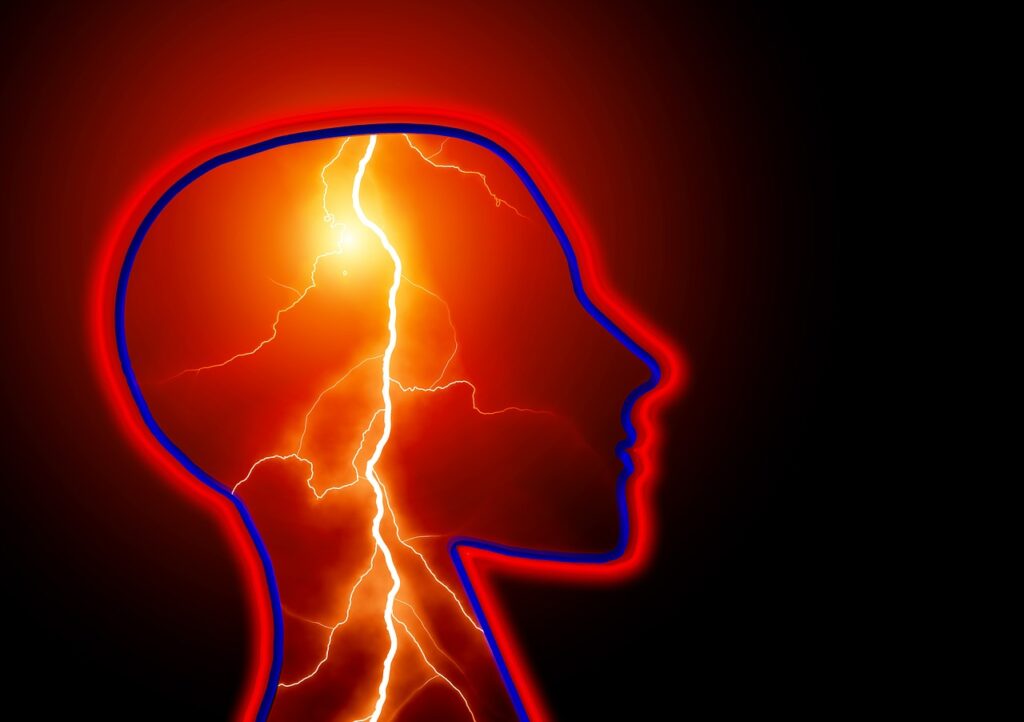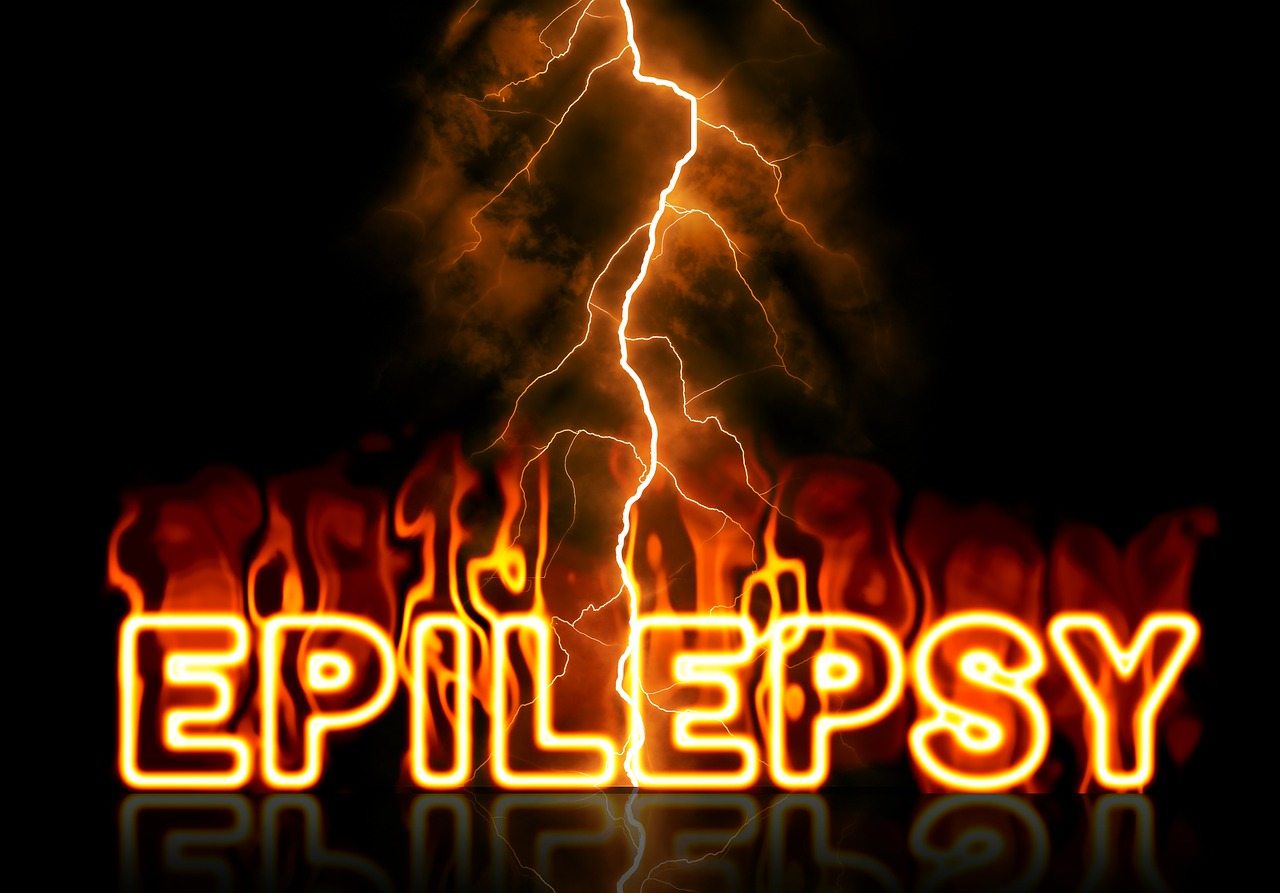Seizures and epilepsy are a transient occurrence of signs or symptoms due to abnormal excessive or synchronous neuronal activity in the brain.
- 5-10% of the population will have at least one seizure that affects the neuronal activity of the brain , with the highest incidence occurring during early childhood and late adulthood.
- Epilepsy describes a condition in which a person has a risk of recurrent seizures due to a chronic, underlying process.

Classification of Seizures and Epilepsy:
A) Focal onset Seizures and Epilepsy:
- Focal seizures and epilepsy usually arise from a neuronal network either discretely localized to one part of the brain or more distributed but well within a single cerebral hemisphere.
- When a routine interictal ( between seizures ) electroencephalogram is performed on patients with focal seizures, it usually appears to be normal, but sometimes may show brief discharges that are termed as ” epileptiform spikes “.
Focal seizures with intact awareness:
- Focal seizures can have motor manifestations additionally without any impairment in awareness.
- Usually when patients are suffering from focal motor seizures, they experience abnormal motor movement which may begin with a very restricted regions like fingers and gradually progress to a larger extremity. This phenomenon is called Jacksonian march.
- Patients may also experience localized paresis for minutes to hours in the involved region following seizures which is called Todd’s paralysis.
- Patients with focal motor seizures may experience the following symptoms like somatic sensation ( paresthesias ), vision ( flashing lights or hallucinations ), flushing, sweating, alterations in hearing, olfaction or emotional state, sensation of unusual, intense odors or an epigastric sensation arising from stomach or chest to the head.
- Some feel fear, detachment, depersonalization, and illusions.
Focal seizures with impaired awareness:
- A patient with focal seizures is unable to respond to visual or verbal commands during the seizure and has impaired recollection or awareness of ictal phase.
- The seizures usually begin with an “Aura” i.e. focal seizures without cognitive disturbance.
- The patient presents with a motionless stare, which briefly marks the onset of period of impaired awareness.
- Impaired awareness is also associated with automatisms , which describes involuntary, automatic behaviors like chewing, lip smacking, swallowing or picking movements of the hand or more appropriate behavior of display of emotion or running.
- The patient appears confused during the seizure and it may take few seconds to an hour for them to come back to consciousness.
- Examination additionally reveals transient neurological deficit caused by postictal regions.
B) Generalized onset Seizures and Epilepsy:
- Generalized onset seizures arise from a neuronal network and usually affect both the cerebral hemisphere.
1) Typical Absence Seizures:
- These seizures are characterized additionally by sudden , brief lapses of consciousness without loss of postural control. It usually lasts for few seconds and the consciousness returns immediately as it is lost, and subsequently there is no postictal confusion.
- The signs present simultaneously with rapid blinking of eyelids, chewing movements, or small-amplitude clonic movements of the hands.
- Typical absence seizures are generally associated with a group of determined epilepsies with onset seen usually in children in the age group of 4-10 years or in early adolescence.
- The seizure mite occur multiple times, but the child would not be able to convey of its existence.
- In addition, The electrophysiological hallmark for typical absence seizures is a generalized, symmetric, 3-Hz spike.
- A slow wave discharge that begin and end suddenly, superimposed on a normal EEG.
2) Atypical Absence seizures:
- Atypical absence seizures have features that deviate both clinically and electrophysiologically from typical absence seizures.
- For example: The lapse of consciousness is often for a longer period and less abrupt in onset and cessation and the seizure is accompanies by more obvious motor signs.
- Associated with diffuse or multifocal structural abnormalities of the brain and therefore may accompany with neurological dysfunction like mental retardation.
3) Generalized tonic-clonic seizures:
- These are the most common type of seizures in 10 % of all persons with epilepsy all in all.
- Generalized tonic clonic seizures usually occur due to metabolic derangements and the seizure usually begins abruptly without warning, although some patients describe vague premonitory symptoms in the hours that lead to seizure.
- Additionally, the initial phase of the seizure symptoms presents with tonic contractions of the muscles throughout the body.
- Subsequently, the tonic contraction of muscles of expiration and larynx at the onset will produce a loud moan or ictal cry.
- Moreover, respirations are impaired, cyanosis develops, secretions pool in the oropharynx, contraction of jaw muscles, increase in heart rate, blood pressure, and pupillary size.
- After 10-20s, in addition, the seizure turns from tonic to clonic phase which is produced by the superimposition of periods of muscle relaxation on the tonic muscle contraction.
- Simultaneously, the postictal phase is characterized by unresponsiveness, muscle flaccidity and excessive salivation that can result in difficulty in breathing and partial airway obstruction.
- Bladder or bowel incontinence occur all in all.
- Patient usually regains consciousness over minutes to hours, and during this period there is postictal confusion present
- Patients subsequently complain of headache, fatigue and muscle ache that can last from seconds to hours.
- The EEG during the tonic phase of seizure may show presence of increased generalized low voltage fast activity, followed by generalized high amplitude, polyspike discharges.
Others:
- During the clonic phase, the high-amplitude activity is usually interrupted by slow waves to create a spike and slow wave pattern.
Treatment :
| Generalized Onset Tonic-Clonic Seizures | Focal | Typical Absence | Atypical Absence |
| A) First line | |||
| Lamotrigine | Oxycarbazepine | Valproic acid | Topiramate |
| Valproic acid | Phenytoin | Ethosuximide | |
| Levetiracetam | Lamotrigine | ||
| B) Alternatives | |||
| Phenytoin | Topiramate | Lamotrigine | Clonazepam |
| Zonisamide | Valproic acid | Clonazepam | Clobazam |
| Levetiracetam | Gabapentin | Felbamate | |
| Carbamazepine | Phenobarbitol | ||
| Oxcarbamazepine | Zonisamide | ||
| Phenobarbitol | Tiagabine |
Follow us for more such content here
Please refer this book for a detailed description of the disease: Harrisons book of internal medicine

